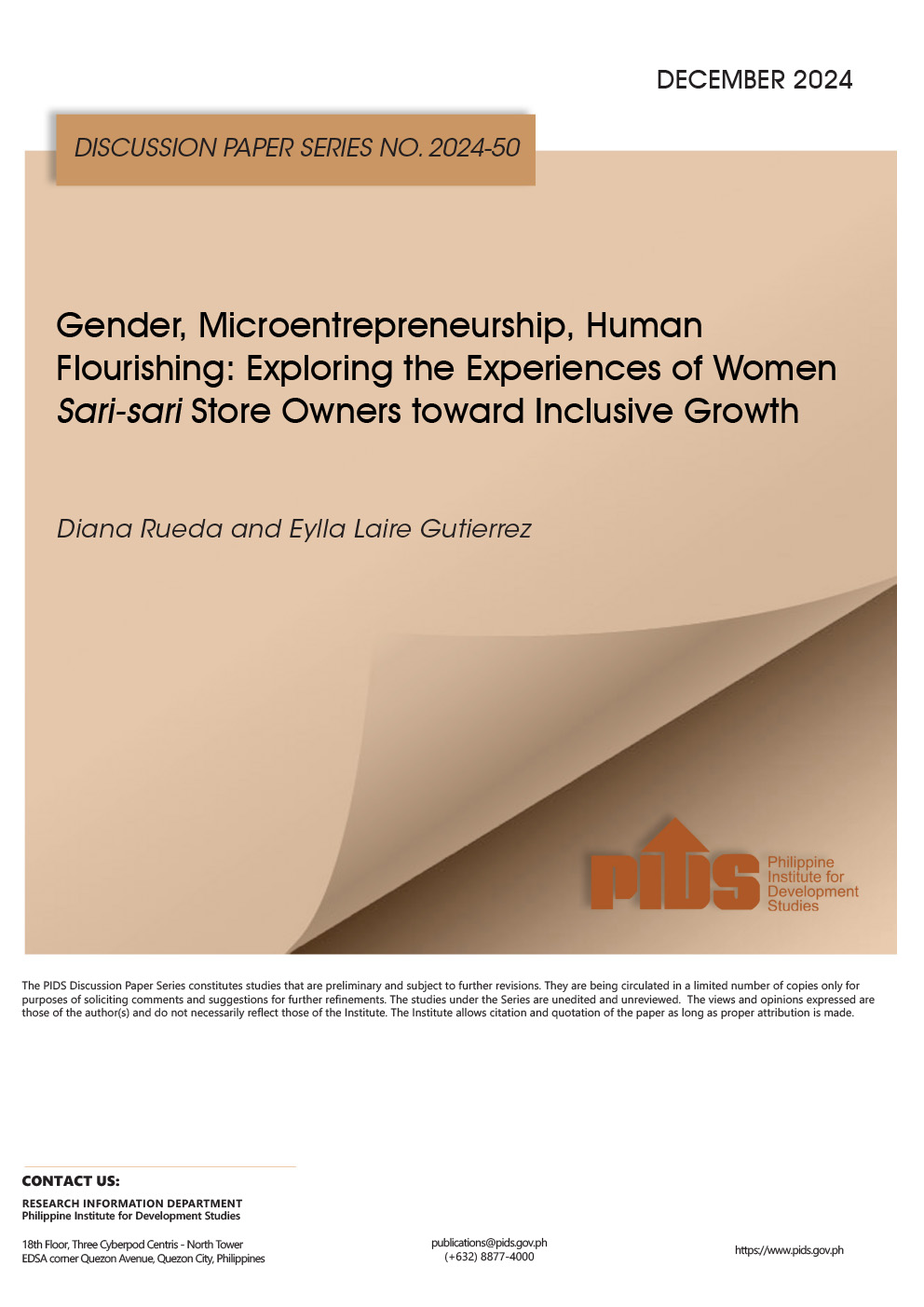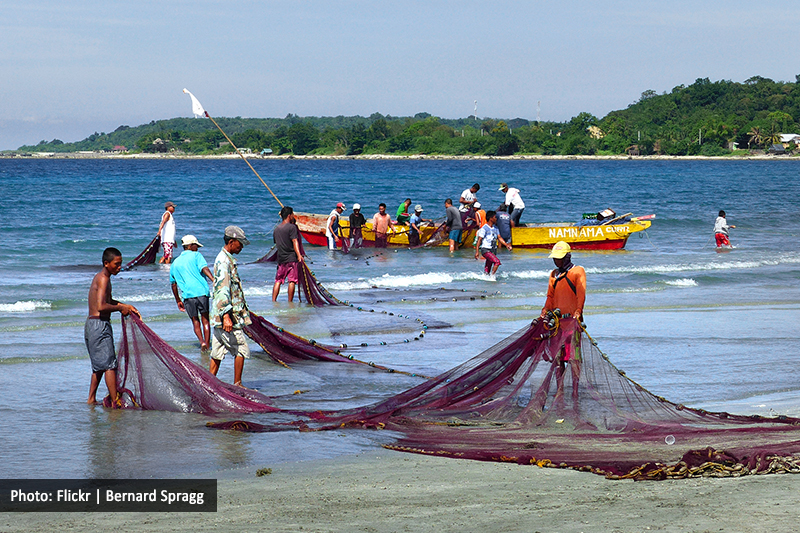Demand for meat products is increasing due to the improvement in the purchasing power of Filipinos, and this will spur the growth of other agricultural subsectors and boost total farm output, according to experts.
Economists told the BusinessMirror that the growth of the livestock and poultry subsectors in the previous two quarters will be sustained in the medium and long term.
“People’s income goes up, and so their diet leans toward more protein sources. You’ll still continue to see that trend given the continuous improvement in the livestock and poultry subsectors due to the adoption of new breeds, new feeding practices and continued reduction in conversion ratios,” Philippine Institute for Development Studies senior research fellow Roehlano Briones said.
Only the livestock and poultry subsectors posted production growth in the second quarter of the year. Livestock output grew 6.56 percent on the back of increased hog output, data from the Philippine Statistics Authority (PSA) showed.
Poultry production, according to the PSA, inched up by 1.25 percent and accounted for 15.72 percent of total agricultural output in the second quarter.
PSA data also showed that, from 2010 to 2015, only the livestock and poultry subsectors grew consistently. Livestock-production growth peaked at 3.83 percent in 2015. Poultry production also posted the highest annual growth at 5.74 percent last year.
Earlier, Agriculture Secretary Emmanuel F. Piñol said his department will prepare projects and programs to boost the livestock and poultry subsectors, such as the establishment of multiplier farms around the country.
“Yes. These subsectors [livestock and poultry] are really growing. We have to understand that the consumption of Filipinos of meat has increased. So we really have to prepare for the increase in demand for meat,” Piñol told the BusinessMirror.
Per-capita meat consumption of Filipinos expanded to nearly 29 kilograms in 2015, from 27.71 kg in 2010, according to latest data from the Organization for Economic Cooperation and Development (OECD).
OECD forecasts that the Philippines’s meat consumption per capita will grow to almost 30 kg in 2020.
Economist Pablito M. Villegas, who is also spokesman of the Philippine Chamber of Agriculture and Fisheries Inc., urged the Department of Agriculture to remove the uncertainty over the propagation of genetically modified (GM) corn.
Last month the Supreme Court (SC) reversed its December 2015 ruling, which temporarily stopped the field testing of GM crops, as well as the issuance of permits for the commercialization of GMOs.
“The Department of Agriculture should issue an administrative order so that the decision of the SC can be sustained and the industry can respond to it more favorably,” Villegas said.
The uncertainty caused by the December 2015 ruling, he said, could discourage farmers from planting GM corn. Yellow corn is a major ingredient used by feed millers in manufacturing animal feeds.
Aside from fluctuations in feed prices, Villegas said abrupt changes in weather conditions may expose hogs and chicken to diseases.
“If the weather situation is favorable throughout the remaining months of the year, then production growth will continue and will even be sustained,” he said.
Villegas and Briones said the government must continue to impose stricter measures against smuggling to protect the livestock and poultry subsectors. “Under the new DA leadership, it seems that the technical smuggling and actual smuggling is already controlled. This bodes well for the two subsectors,” Villegas said.
Dr. Rolando Dy, executive director of University of Asia and the Pacific’s Center for Food and Agri Business, said the crops subsector should not be neglected to sustain the increase in the income of Filipinos.
“Low farm productivity means low income and, in turn, high poverty. Low income means lower demand for livestock and poultry products. Therefore, the poor cannot afford meat. And 26 million of the 100 million Filipinos are poor,” Dy said.
“These subsectors [livestock and poultry] can boost the agricultural sector, but the government should address the country’s farm productivity across many crops, which is low compared to its peers in Asean,” he added.
Economists told the BusinessMirror that the growth of the livestock and poultry subsectors in the previous two quarters will be sustained in the medium and long term.
“People’s income goes up, and so their diet leans toward more protein sources. You’ll still continue to see that trend given the continuous improvement in the livestock and poultry subsectors due to the adoption of new breeds, new feeding practices and continued reduction in conversion ratios,” Philippine Institute for Development Studies senior research fellow Roehlano Briones said.
Only the livestock and poultry subsectors posted production growth in the second quarter of the year. Livestock output grew 6.56 percent on the back of increased hog output, data from the Philippine Statistics Authority (PSA) showed.
Poultry production, according to the PSA, inched up by 1.25 percent and accounted for 15.72 percent of total agricultural output in the second quarter.
PSA data also showed that, from 2010 to 2015, only the livestock and poultry subsectors grew consistently. Livestock-production growth peaked at 3.83 percent in 2015. Poultry production also posted the highest annual growth at 5.74 percent last year.
Earlier, Agriculture Secretary Emmanuel F. Piñol said his department will prepare projects and programs to boost the livestock and poultry subsectors, such as the establishment of multiplier farms around the country.
“Yes. These subsectors [livestock and poultry] are really growing. We have to understand that the consumption of Filipinos of meat has increased. So we really have to prepare for the increase in demand for meat,” Piñol told the BusinessMirror.
Per-capita meat consumption of Filipinos expanded to nearly 29 kilograms in 2015, from 27.71 kg in 2010, according to latest data from the Organization for Economic Cooperation and Development (OECD).
OECD forecasts that the Philippines’s meat consumption per capita will grow to almost 30 kg in 2020.
Economist Pablito M. Villegas, who is also spokesman of the Philippine Chamber of Agriculture and Fisheries Inc., urged the Department of Agriculture to remove the uncertainty over the propagation of genetically modified (GM) corn.
Last month the Supreme Court (SC) reversed its December 2015 ruling, which temporarily stopped the field testing of GM crops, as well as the issuance of permits for the commercialization of GMOs.
“The Department of Agriculture should issue an administrative order so that the decision of the SC can be sustained and the industry can respond to it more favorably,” Villegas said.
The uncertainty caused by the December 2015 ruling, he said, could discourage farmers from planting GM corn. Yellow corn is a major ingredient used by feed millers in manufacturing animal feeds.
Aside from fluctuations in feed prices, Villegas said abrupt changes in weather conditions may expose hogs and chicken to diseases.
“If the weather situation is favorable throughout the remaining months of the year, then production growth will continue and will even be sustained,” he said.
Villegas and Briones said the government must continue to impose stricter measures against smuggling to protect the livestock and poultry subsectors. “Under the new DA leadership, it seems that the technical smuggling and actual smuggling is already controlled. This bodes well for the two subsectors,” Villegas said.
Dr. Rolando Dy, executive director of University of Asia and the Pacific’s Center for Food and Agri Business, said the crops subsector should not be neglected to sustain the increase in the income of Filipinos.
“Low farm productivity means low income and, in turn, high poverty. Low income means lower demand for livestock and poultry products. Therefore, the poor cannot afford meat. And 26 million of the 100 million Filipinos are poor,” Dy said.
“These subsectors [livestock and poultry] can boost the agricultural sector, but the government should address the country’s farm productivity across many crops, which is low compared to its peers in Asean,” he added.












